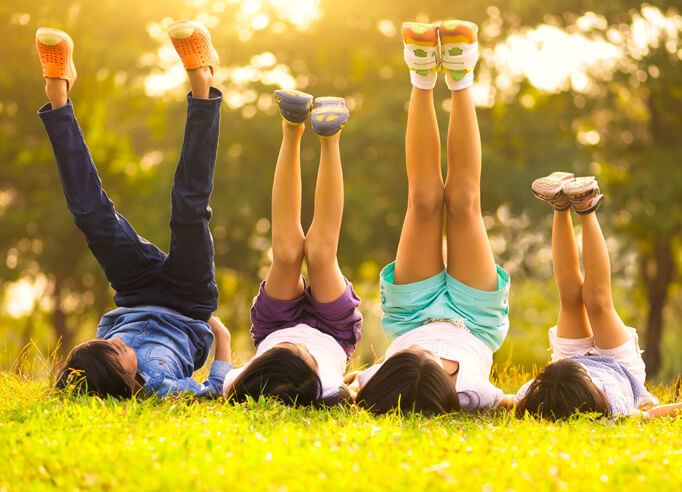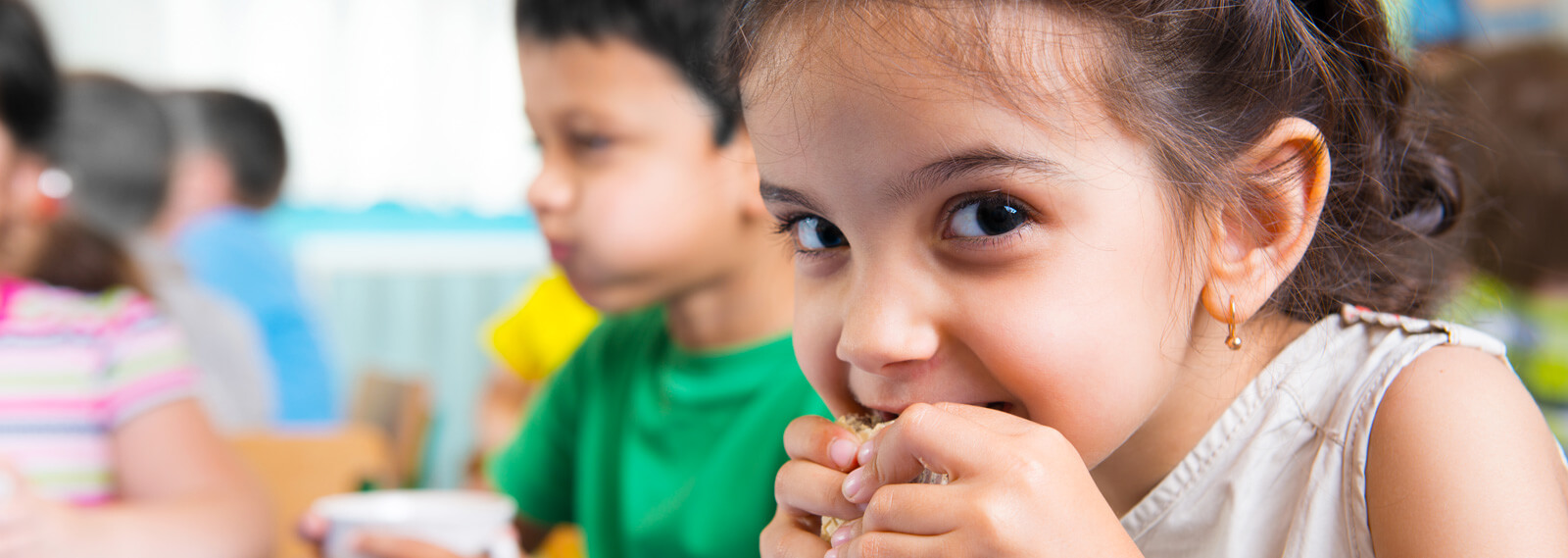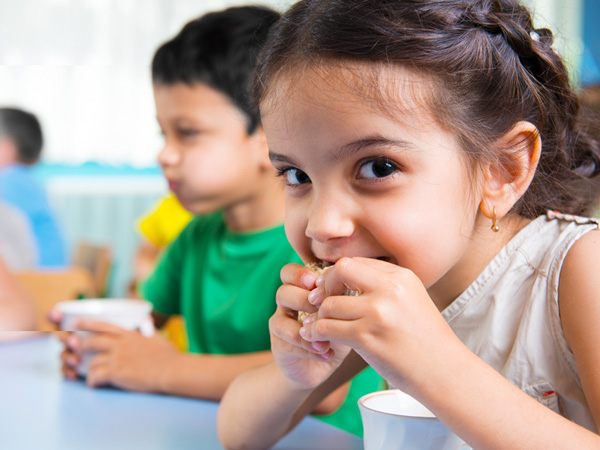Make sure you eat this food to ensure better calcium absorption
Calcium is one of the most important minerals required by the body. It is the main component of bones and gives them strength. Apart from which, calcium also plays an important role in muscular movements. It aids muscle contraction and relaxation. It improves communication between the nerves and helps transmit signals from the brain to the nerves. Calcium also helps the brain regulate the hormones that are produced. Thankfully, calcium is one of the most abundant minerals found in both plant and animal foods. In our body, most of the calcium reserves are found in our bones and our teeth. Whenever the body faces a shortfall of calcium, it withdraws some calcium from the bones. Children need more calcium as their body is constantly growing.
Even though calcium is abundant in many different food items, the absorption of calcium depends on another nutrient altogether - vitamin D. In the presence of vitamin D, calcium is absorbed in the intestine and processed by the body. Even if your diet is rich in calcium, if you’re deficient in vitamin D, this mineral will not get completely absorbed, thus causing health problems and weak bones.

But what is vitamin D? Popularly called the sunshine vitamin, this vitamin is produced in our body when our skin absorbs UV-B sunrays coming. However, the vitamin D produced in our body depends on factors such as where we stay, our skin colour (darker skin colour absorbs less rays as compared to lighter skin), the time of the year (winter sunlight is not as strong as summer sunlight), the level of pollution etc. Exposing skin to sunlight regularly can lead to vitamin D being produced in the body. Vitamin D is also found in fatty fish, soya beans and mushrooms.
And if vitamin D does not get met through these sources, there are a number of supplements in the market that can be taken to meet vitamin D requirements of the body. However, to ensure optimum absorption of vitamin D and its conversion to vitamin D3, you need to consume essential fats. One ingredient that can help convert vitamin D into usable vitamin D3 is Ghee.
Ghee or clarified butter is one of the healthiest sources of essential fat. Homemade ghee is made from cream and is lactose free. This makes it excellent for lactose intolerant children as well. The essential fats from ghee lubricate joints and keep them healthy. Ghee is also extremely important to convert vitamin D produced in the body into a usable form - vitamin D3. When the body consumes calcium rich food, the body releases stored vitamin D3 which helps to absorb the calcium.
Ghee is a versatile food which can be used in many different preparations. It adds taste and flavour to the food it is added to and consuming it in small quantities is enough. Add this to your vegetables instead of oil and brush ghee on hot chapatis. Let your child eat those homemade sweets and laddoos with ghee and add a spoonful of ghee while having rice and dal. This superfood will help your child absorb and convert vitamin D and let your child go from being vitamin D deficient to vitamin D abundant. Ghee also regulates blood sugar, thus managing your child’s hunger pangs by slowly releasing the blood sugar over a longer period of time. Ghee will regulate vitamin D conversion as well, ensuring your child’s bones and joints are healthy.
How to incorporate ghee in the diet?
Thankfully, traditional Indian food wisdom has always found ways to incorporate ghee into our diet. Sheera or halwa is made with spoonfuls of ghee. Laddoos are bound together because of ghee. Small children are fed rice with ghee when they start eating solid foods. Adding ghee to chapati or a paratha is natural. These combinations ensure ghee forms a part of the diet and is consumed in small quantities.
So, if you want to ensure your child gets enough ghee to keep his vitamin D levels up, make your food with ghee instead of oil. Add ghee to rice before serving it to your child. If you’re shallow frying something, use ghee if possible. If you can make ghee at home using milk cream, then that’s the best way to get this highly nutritious superfood. But if making it at home is not possible, you can buy freshly made ghee from a local dairy. Purchase ghee made from cow’s milk if possible and if that is not available, then get ghee made from buffalo’s milk.
Your child’s health is in your hands. Make sure you give them a balanced diet to ensure good health.


